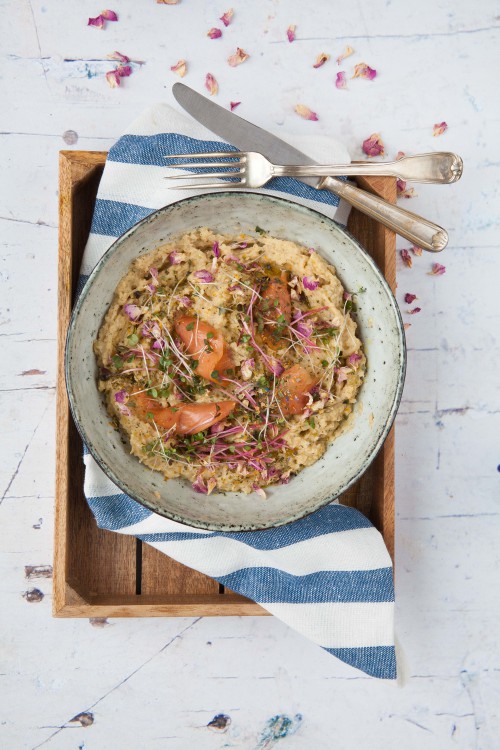One Portion of Omega-3 Fatty Acid
Ever heard of krill oil before? This very special and very healthy oil is extracted from a small crustacean named Euphausia superba. The number of krill in the Antarctic Ocean is enormous – estimates run into several billion tons - making it the largest biomass on Earth. The International Commission for the Conservation of Antarctic Marine Living Resources ensures that only a fraction of that ends up being caught, a mere 0,03%.
What makes krill oil special is its extremely high content of the Omega-3 fatty acids EPA (eicosapentaenoic acid) and DHA (docosahexaenoic acid). Among the fats, the unsaturated and polyunsaturated fatty acids are the stars. Animal fats are always rich in saturated fatty acids (the baddies), with the exception of fish oil, which consists mainly of unsaturated fatty acids and is therefore healthy for humans.
Omega-3 fatty acids have a positive effect on cholesterol levels and help keep our heart functioning properly. Fish in general are indispensable for our nutrition. They contain easily digestible protein, many essential vitamins, minerals and trace elements and of course lots of valuable fish oil.
Omega-3 fatty acids are mostly found in foods we don't eat as frequently, like certain vegetable oils (such as flaxseed oil or hemp oil) and leafy green vegetables and walnuts, all of which contain plenty of ALA (alpha-linolenic acid), a fatty acid occurring in plants, unlike EPA and DHA. Saltwater fish, like krill oil, are great providers of EPA and DHA, with krill especially containing Omega-3 fatty acids of a particularly high quality.
Due to krill being rather non-existent around these parts, I am keeping my Omega-3 fatty acid levels high by consuming the little crustacean in oil-form. Antarctic krill is special because its ratio of Omega-3 and Omega-6 fatty acids is at an excellent 15:1, representing 15 times as much Omega-3 as Omega-6.
The DHA (docosahexaenoic acid) contained in krill oil is said to support the optimal brain development in breastfed babies and to help maintain good eyesight. The EPA and DHA (eicosapentaenoic acid and docosahexaenoic acid) contained in it are also known to contribute to a healthy heart.
I use salmon in this recipe. Salmon contains selenium, a trace element with antioxidant properties, which protects cells from oxidative stress.
Salmon is also rich in vitamin D, which we need to keep our bones healthy and which also facilitates the absorption of calcium and phosphorus. And it contains many essential B-vitamins, such as B1, B2, niacin, B6 and B12 as well as the fat-soluble vitamins A, E and K (see above).
Disclaimer: The product introduced in this article was presented to me free of charge. This is a sponsored post.
Salmon with parsnip mash and sprouts
2 people
Ingredients:
- 200g smoked salmon
- 2 potatoes
- 800g parsnips
- 400ml milk or vegetable alternative like soy milk
- 100ml whipping cream
- 1 pinch nutmeg
- salt and pepper
- dried, edible cornflower petals
- some fresh radish cress
Preparation:
- Bring lightly salted water to the boil. Peel potatoes and parsnips, cut into 2cm chunks and boil for 15-20 minutes until soft.
- Drain the potatoes and parsnips. Heat up milk and whipping cream in a pot and mash the root vegetables into the liquid until you have a smooth puree. You can also use a food processor or hand blender. Add salt and nutmeg to taste.
- Serve the puree on plates, arrange the salmon evenly on top, season with pepper and garnish with fresh cress and the cornflower petals.







